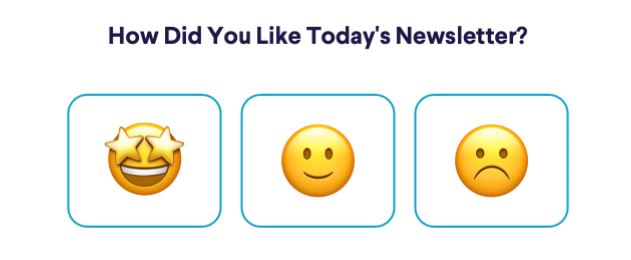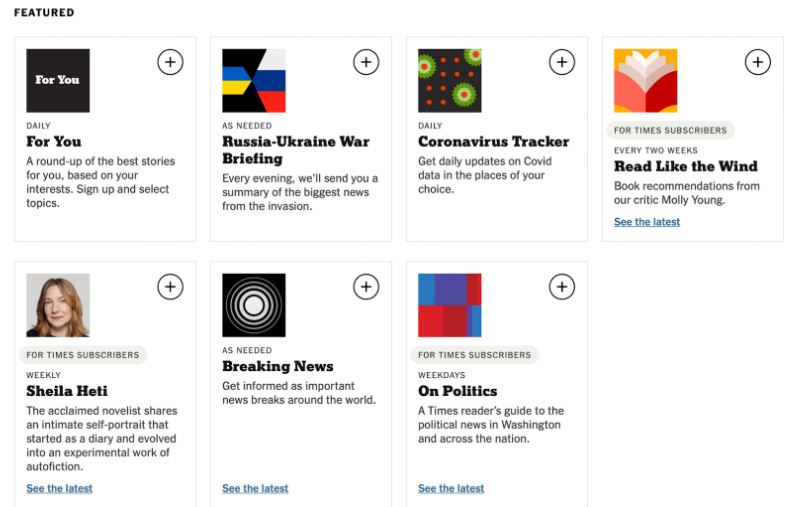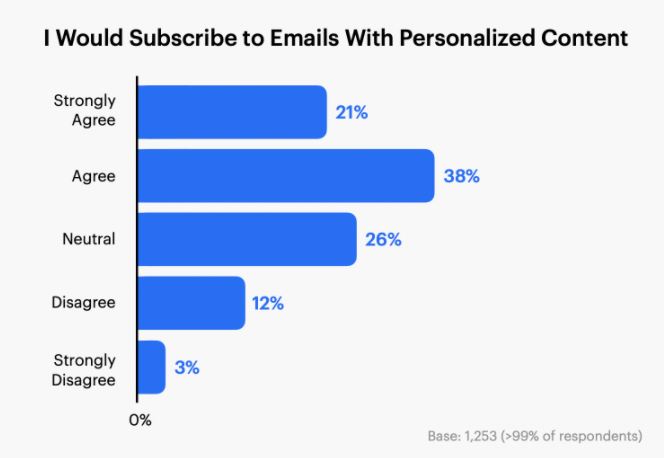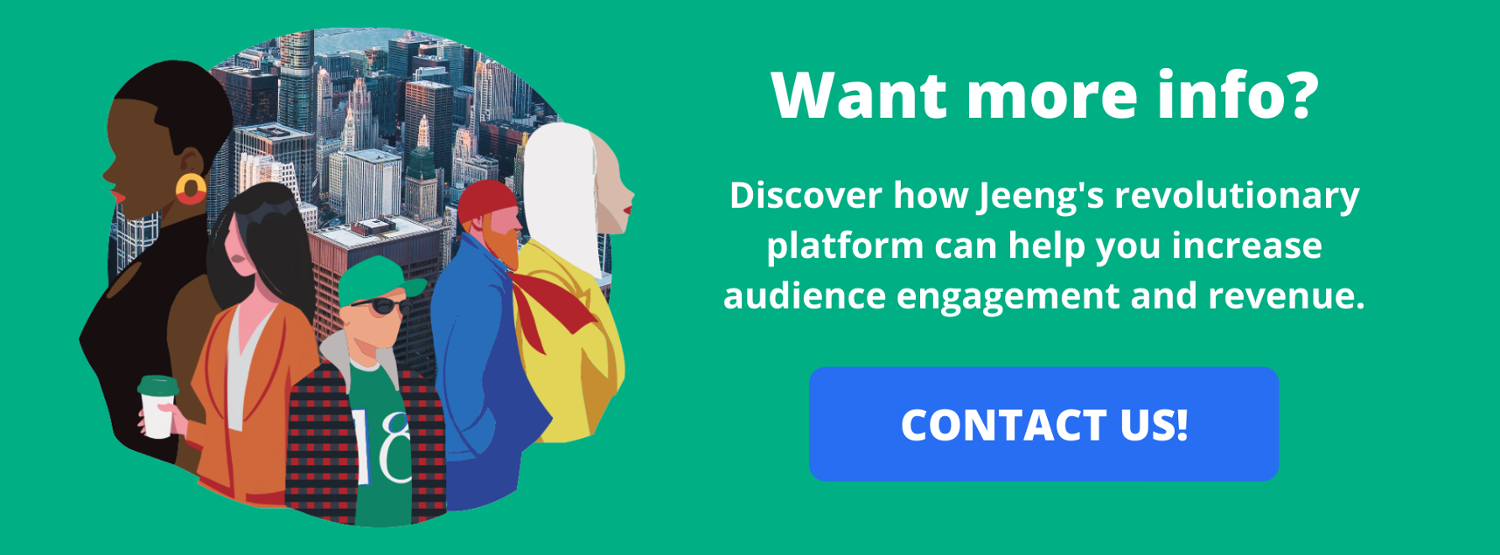Just when you were getting used to all that first-party data has to offer, a new term — zero-party data — comes along to shake things up. And you’re left updating your ongoing list of baffling industry buzzwords.
Actually, Forrester is credited with introducing the concept of zero-party data back in 2018 with VP and Principal Analyst Fatemeh Khatibloo’s article, “What Marketers Need To Know About Zero-Party Data.”
Since then, rumblings about the importance — and definition — of zero-party data have cropped, prompting many to wonder if this is just another piece of empty marketing jargon or a real phrase that publishers and advertisers need to learn.
As Marketing Brew reporter Ryan Barwick tweeted in January 2022:

So, what is the big deal about zero-party data? How does it compare to first-, second-, and third-party data? And how will it impact publishers and advertisers as they prepare for the death of the third-party cookie?
Let’s break it down.
What is zero-party data?
According to Forrester, zero-party data is: “data that a customer intentionally and proactively shares with a brand, which can include preference center data, purchase intentions, personal context, and how the individual wants the brand to recognize her.”
So, if zero-party data is that customers willingly share of their own volition, how can businesses collect this zero-party data for themselves?
Well, they can set up channels, content, and experiences that prompt and motivate customers to divulge that data.
More specifically, brands can gather zero-party data through:
- Email surveys
- Website preference centers
- In-app feedback forms
- User-generated content
- Contest and giveaway submissions
- Subscription or loyalty membership sign-ups
- Shopping wishlists
- Event registrations
- Quizzes for personalized recommendations
The SoFi Daily, for example, includes a quick and fun survey at the end of its emails. It just asks readers to click on the emoji that best represents their experience with the newsletter.
It may be simple, but it’s easy for subscribers to complete and gives the business a clear indication of how audiences are responding to their content. And, of course, it’s a rich source of zero-party data, which SoFi can then use to build more targeted and engaging newsletters going forward.

Meanwhile subscribers to The New York Times can choose from a vast and varied range of newsletters that match their interests — from breaking news alerts and streaming content recommendations to daily business briefings and pro football digests.
Each time a reader voluntarily signs up for a newsletter, the publisher collects valuable zero-party data about their preferences.

What is first-party data?
First-party data is information that businesses collect directly from their customers. For example, businesses might glean data from website engagements, email signups, customer support centers, or surveys.
This first-party data can often be broken down into categories like:
- Demographic data (age, gender, location, job)
- Behavioral data (content preferences, app downloads, purchases)
Since publishers and brands collect their own first-party data straight from customers through operated channels, that data is often considered more trustworthy, accurate, and cost-efficient than other data types.

What’s the difference between zero- and first-party data?
Here’s where we break down the “zero-party data” buzzword.
The truth is, there really isn’t a difference between zero-party data and first-party data. Zero-party data is actually just a type of first-party data, or a subset of it.
That means…drumroll, please…zero-party data is first-party data wrapped up in a fun, new marketing term.
Sure, it can help to parse out data that customers give voluntarily, like survey responses, from data that publishers gather from them automatically, like website engagements.
But, when it comes down to it, almost all first-party data should be zero-party data if it’s done right — meaning, if businesses are privacy-safe, transparent, and upfront about their data collection processes.
As Ben Fettes, co-founder of Australian marketing agency The Lumery told CMO,
“[Zero-party data] is a crafty way of putting data privacy and explicit opt-in into the spotlight. It’s a fancy way of saying first-party data provided by a consumer or prospect you can act on, with a strong stipulation around it. In the future I don’t believe we’ll be calling it zero-party data, we’ll be calling it first-party data, just the concept around it will change.”
Wait, what are second- and third-party data?
While we’re on the subject of different data types, let’s clear up these other definitions:
- Second-party data is customer information that businesses share with each other. It’s kind of like a trade of first-party data. So you know exactly who collected this information but you still have to pay for access and understand that you’re not the sole owner of that data.
- Third-party data is customer information that businesses buy from outside platforms and data aggregators. So you get access to a large, multichannel data set, but you have to pay a pretty penny for it, it’s not proprietary, and it’s not always guaranteed to be accurate, high-quality, or transparent.
Why is first-party data (and zero-party data) so important?
Third-party cookies are on their way out, so publishers and brands are turning to first-party data as a lifeline. And they’re learning that this massive industry shift is a blessing in disguise: With first-party data at their fingertips, they can better control their own audience experiences, customer tracking efforts, and campaign targeting. They also won’t have to rely on risky third-party marketplaces or walled gardens like Facebook to guide their strategies anymore.
That’s just one major reason why first-party data is so beneficial. Another is that owned data is the key to delivering personalized messaging across channels, which is important now more than ever.
According to the 2022 Digital Publishing Survey Report from Jeeng and Mantis Research, content consumption is up across all publisher channels, like websites, email, and newsreaders.
And customers are craving personalized experiences. Two-thirds say they’d be more likely to subscribe to publishers’ emails if they knew the content would be personalized to their interests — up from just over 60% last year.
Meanwhile almost 1 in 4 say they read an email newsletter because the content felt like it was written just for them.


So, how can businesses meet that customer demand and deliver personalized experiences? With first-party data. (And, yes, zero-party data if you wish to make that distinction.)
Ready to build your own first-party data strategy that drives engagement and revenue? Contact Jeeng to get started.


